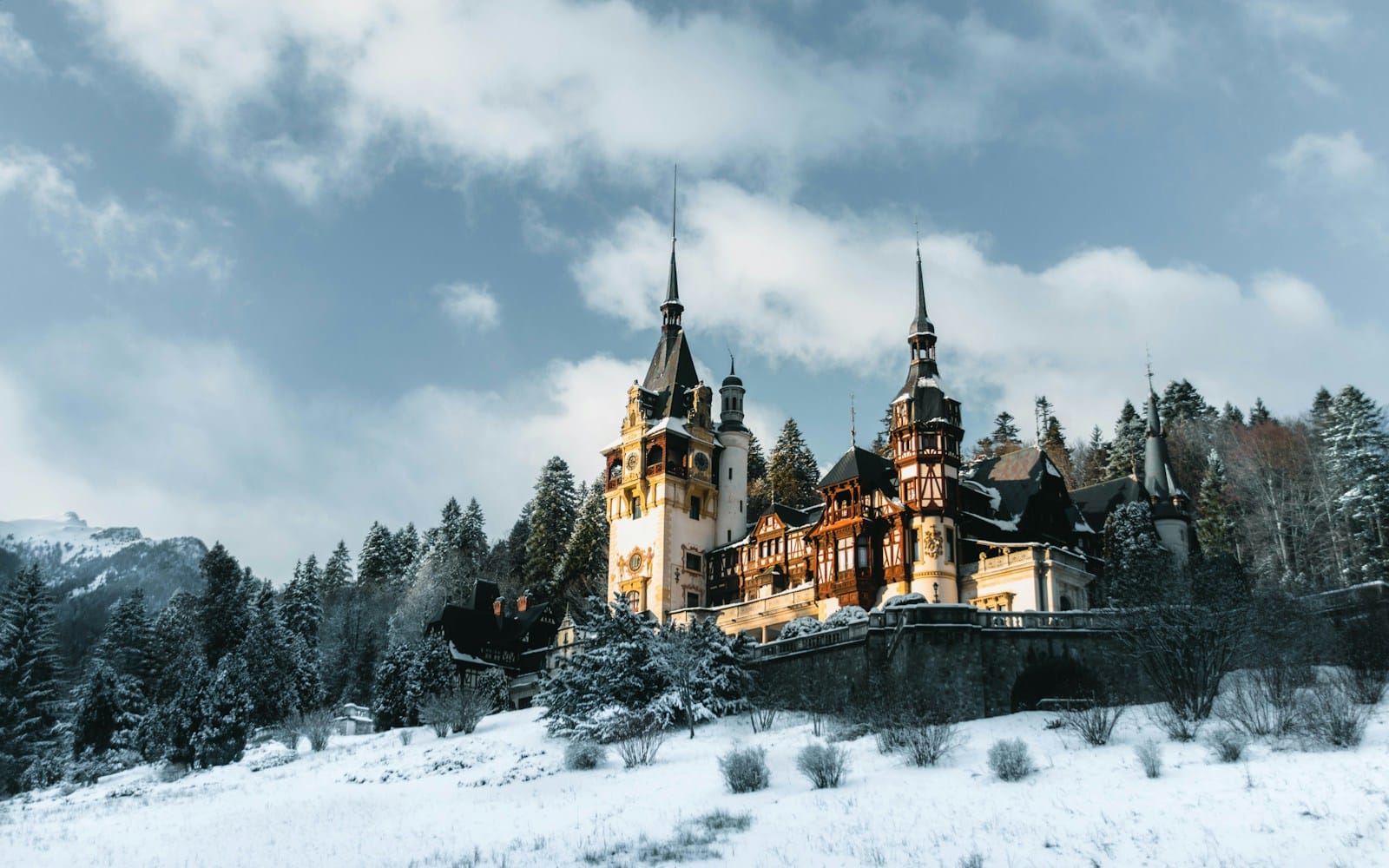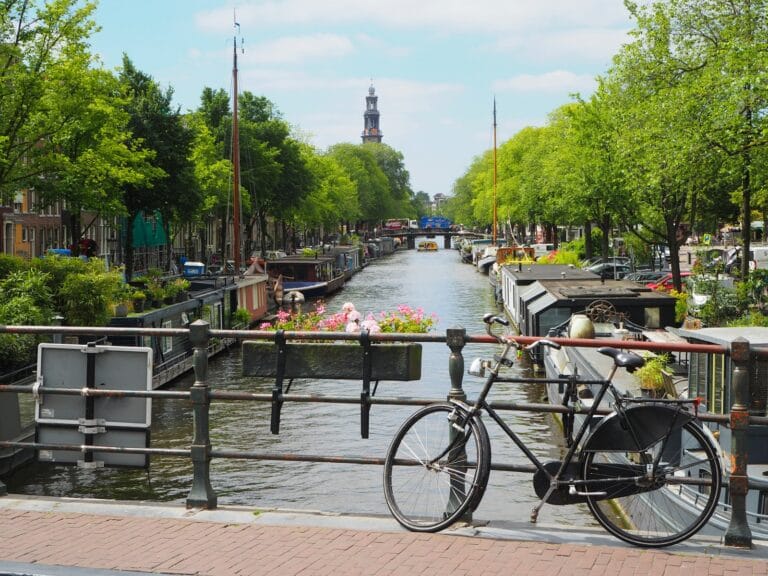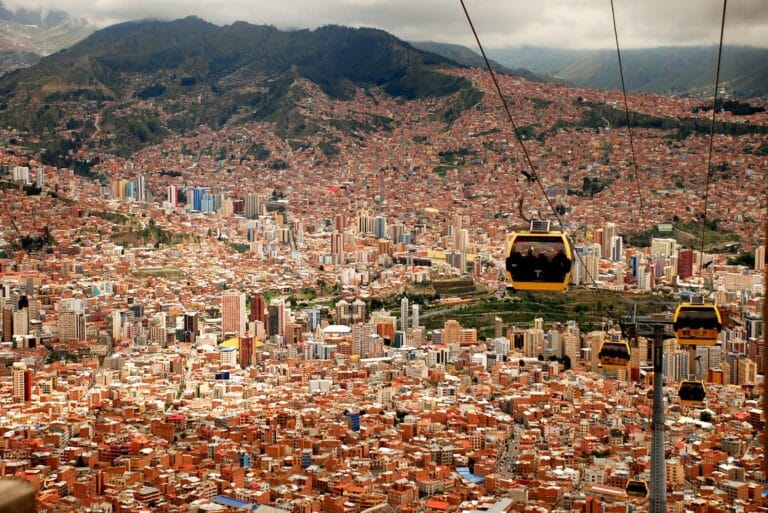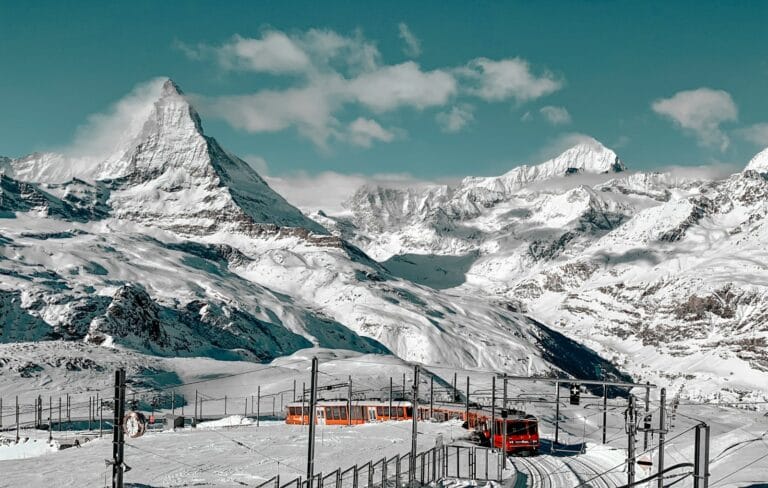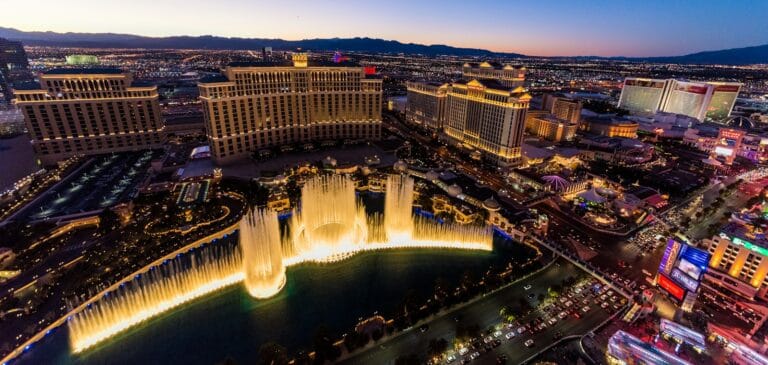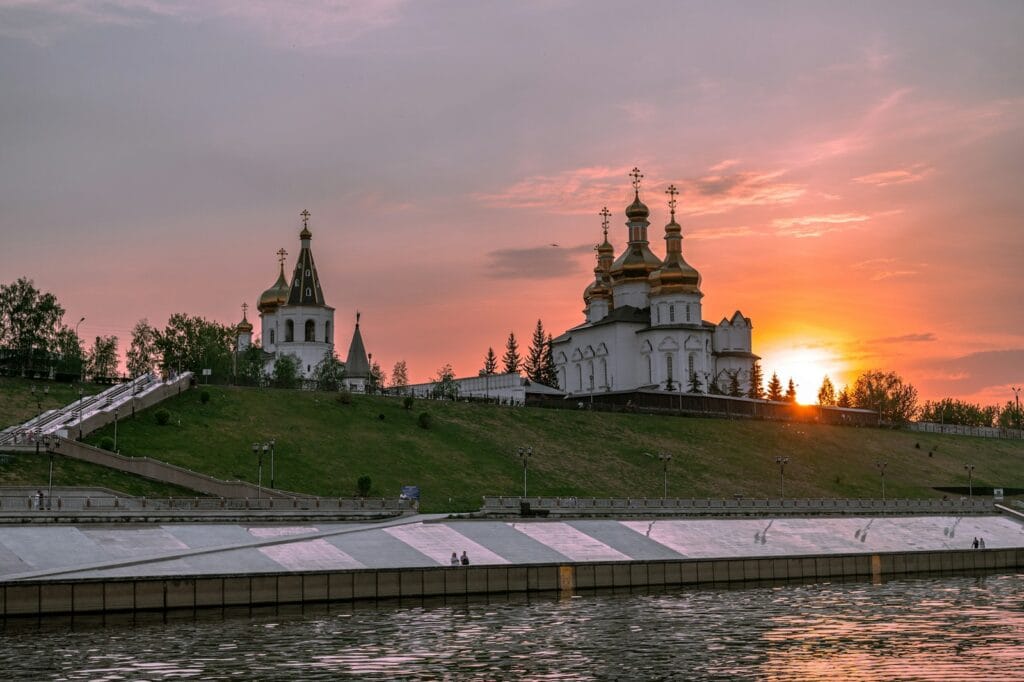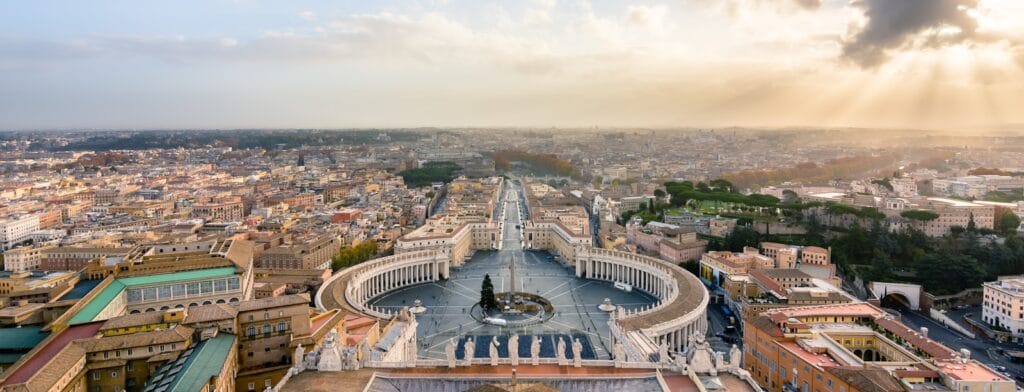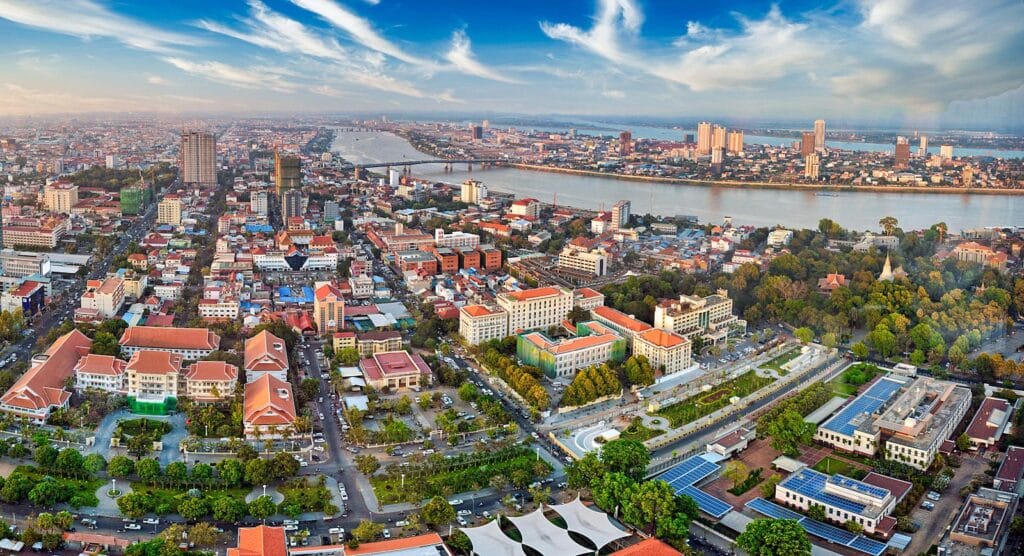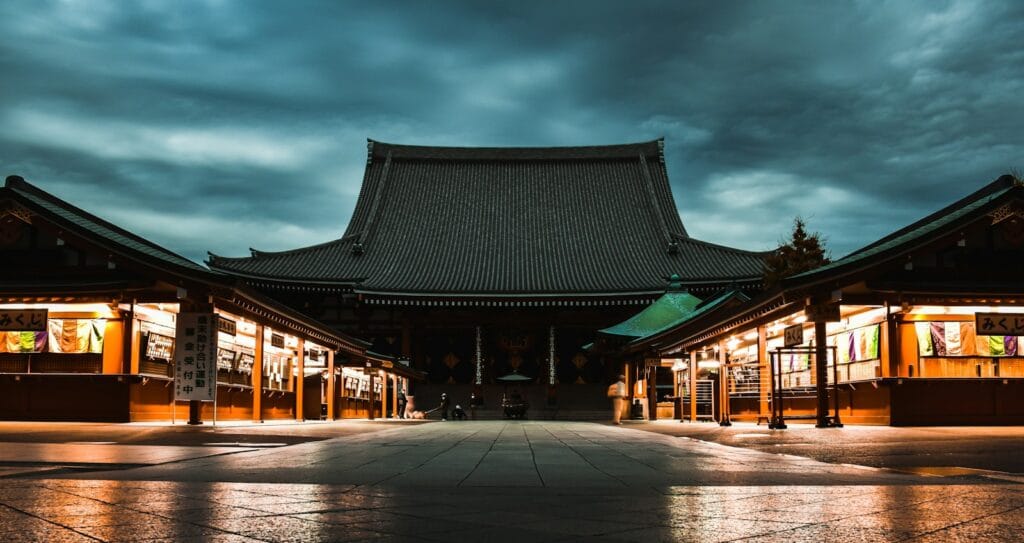Romania Travel Guide: Castles, Carpathians & Culture
Intro to Romania Travel Guide
From Gothic castles to misty mountains and hidden medieval towns, Romania stirs the soul with its wild beauty and timeless traditions. Here, fairytales feel real — whether you’re hiking through the Carpathians, wandering Saxon citadels, or tasting plum brandy in a shepherd’s village.
Start planning your trip with our complete Romania Travel Guide — featuring regional tips, costs, itineraries, and unforgettable things to do in Romania.
💡Quick Facts:
Destination: Romania
Continent: Europe
Country: Romania
Area: 238,397 km²
Population: ~19.8 million
Density: ~83 people per km²
Capital: Bucharest
Regions/Subregions: Transylvania, Wallachia, Moldova, Dobruja, Banat, Maramureș, Crișana, Oltenia
Language(s): Romanian (official)
Currency: Romanian Leu (RON)
Time Zone(s): Eastern European Time (EET, UTC+2); EEST in summer (UTC+3)
Airports: Henri Coandă Intl (OTP – Bucharest), Cluj-Napoca (CLJ), Timișoara (TSR), Iași (IAS), Sibiu (SBZ)
Climate: Temperate-continental; cold winters, hot summers
Known For: Dracula legend & castles, Carpathian Mountains, medieval towns, rural countryside, painted monasteries, salt mines
🛂Arrival Info:
– EU/EEA, UK, US, Canada, Australia citizens can enter visa-free for 90 days within 180 days
– Visa-on-arrival not available; apply in advance if required
– Schengen visa not accepted; Romania is not part of Schengen Zone
– Official info: Romania Visa Info
💉Health Info:
– No mandatory vaccines; routine immunizations (MMR, DPT, Hep A/B) recommended
– Tick-borne encephalitis risk in Carpathians; consider TBE vaccine if hiking
– High-quality hospitals in Bucharest and major cities
✅ Check travel insurance options for travel emergencies, delays, and medical needs abroad — get coverage here
✅ Stay Informed with Official Updates: World Health Organization – International Travel and Health | Travel health updates
🚨Travel Advisory:
– Generally safe; Level 1–2 advisories from most Western governments
– Petty theft in tourist zones; rare scams in taxis
✅ Stay Informed with Official Updates: US Travel Advisory | UK Foreign Travel Advice
📅Holidays:
– Great Union Day (Dec 1): National day of Romania
– Orthodox Easter (varies): Major religious celebration
– Labour Day (May 1): Public closures and festivals
– Christmas (Dec 25–26): Family-oriented, many closures
– Assumption Day (Aug 15): Religious holiday, especially in rural areas
💰Money Matters:
– Currency: Romanian Leu (RON); ATMs widely available
– Credit cards accepted in cities; cash still needed in rural areas
– Tipping: 5–10% in restaurants, round up for taxis
– Duty-free: €430 limit for air travelers; limits on tobacco/alcohol
– Currency exchange at banks or official kiosks; avoid street changers
✈️Airports:
– Henri Coandă Intl (OTP – Bucharest): Main hub
– Other airports: Cluj (CLJ), Timișoara (TSR), Iași (IAS), Sibiu (SBZ)
✅ Delayed or canceled flight? Check if you’re eligible for compensation
🚍Transport:
– Reliable trains link major cities; regional trains are slower
– Buses/coaches for towns and rural routes
– Bucharest has a metro, buses, trams; Uber and Bolt available
– Roads can be rough in rural zones; drive on the right
– IDP required for non-EU drivers
✅ Book reliable airport transfers and in-city rides in advance. Reserve your ride here
📶Connectivity:
– Prepaid SIMs from Orange, Vodafone, Digi Mobil
– Good 4G coverage across country; 5G in big cities
– Free Wi-Fi common in cafes/hotels in urban areas
– eSIM available for tourists via Airalo, Holafly, etc.
✅ Stay connected abroad with affordable eSIM data packs. Get your eSIM here
📜Laws & Etiquette:
– Drinking age: 18
– Modest dress recommended in churches
– LGBTQ+ travelers generally safe in cities; some rural conservatism
– Be respectful at religious or traditional sites
🛡️Emergency Info:
– Emergency: 112 (all services)
– Travel insurance highly recommended for medical and theft coverage
✅ Use embassy locator tools: Embassies Worldwide
🌦️Weather:
– Best months: May–June & September–October (mild, fewer crowds)
– Summers (Jul–Aug): hot, 30°C+; winters (Dec–Feb): cold, snowy, esp. in mountains
– Spring & autumn offer great conditions for hiking and sightseeing
✅ Stay prepared—check the weather forecast for your destination — Weather Forecast
Romania by Region – Where to Go
Explore Romania’s cultural and geographic variety, from Transylvania’s legends to the Danube Delta’s wetlands.
Transylvania
Romania’s most iconic region, known for its medieval towns, Saxon villages, and Bran Castle — the so-called “Dracula’s Castle.” Visit Brașov, Sibiu, and Sighișoara for cobbled charm, and hike the Piatra Craiului or Făgăraș Mountains for raw natural beauty.
Bucharest & Wallachia
Home to Romania’s capital, Bucharest mixes neoclassical architecture, Communist-era remnants, and energetic nightlife. Venture into rural Wallachia to discover Orthodox monasteries, vineyard hills, and the foothills of the Southern Carpathians.
Moldavia (Moldova)
Not to be confused with the country of Moldova, this northeastern region is dotted with UNESCO-listed painted monasteries like Voroneț and Sucevița. Iași offers literary history and academic flair, while Neamț hides pristine highland forests.
Maramureș
This northern enclave feels like a living museum — wooden churches, haystacks, horse-drawn carts, and folk costumes are part of everyday life. Visit the Merry Cemetery in Săpânța and experience rural traditions untouched by time.
The Carpathian Mountains
Stretching in a crescent across Romania, the Carpathians provide excellent trekking, wildlife viewing, and remote escapes. Popular bases include Sinaia, Bușteni, and Retezat National Park.
Banat & Crișana
In the west, cities like Timișoara (European Capital of Culture 2023) blend Austro-Hungarian elegance with modern art and gastronomy. Natural highlights include Cheile Nerei-Beușnița National Park and thermal spas near Oradea.
The Black Sea Coast & Dobrogea
For sun, sea, and history, head east. Constanța offers Roman ruins and beaches, while Vama Veche draws bohemian crowds. Inland Dobrogea holds ancient Greek settlements and vineyards.
The Danube Delta
A UNESCO biosphere reserve and birder’s paradise, the Danube Delta is one of Europe’s wildest wetlands. Access it via Tulcea, then explore by boat — spotting pelicans, wild horses, and remote fishing villages.
Top Places to Visit in Romania
Romania’s highlights span Gothic castles, wild nature, and immersive folklore. Here are the best places to visit in Romania by theme.
Cultural Capitals
- Bucharest – Romania’s edgy, eclectic capital known for the Palace of Parliament, Lipscani district, and alternative cafés.
- Sibiu – A pastel-toned, walkable city with German heritage, cultural events, and a rich gastronomic scene.
- Timișoara – A dynamic university city with art nouveau architecture and Central European charm.
Medieval Towns
- Brașov – Framed by mountains, filled with legends and cobblestone streets near Dracula’s Castle.
- Sighișoara – A UNESCO-listed citadel and the birthplace of Vlad the Impaler, with a perfectly preserved hilltop core.
Nature & Mountains
- Retezat National Park – Glacier lakes and alpine peaks in one of the Carpathians’ most pristine areas.
- Bucegi Mountains – Famous for rock formations like the Sphinx and hiking routes from Sinaia or Bușteni.
Rural Escapes
- Maramureș Villages – Visit Breb, Bârsana, or Botiza to experience authentic Romanian village life.
- Viscri – A remote Saxon village backed by Prince Charles, known for its fortified church and conservation efforts.
Unique Landscapes
- Danube Delta – Europe’s second-largest wetland, ideal for eco-tourism, birdwatching, and slow travel.
- Transfăgărășan Highway – Often dubbed the world’s most beautiful road, zigzagging through the Southern Carpathians.
How to Choose Where to Go in Romania
Romania offers great regional pairings depending on your travel goals.
- For culture + castles: Combine Bucharest with Transylvania (Brașov, Sighișoara, Sibiu).
- For mountains + village life: Pair Retezat or Bucegi Mountains with Maramureș or Viscri.
- For beach + history: Try Constanța on the Black Sea with inland Dobrogea ruins.
- For wilderness + river life: Explore the Danube Delta after a cultural stay in Iași or Tulcea.
How to Get Around Romania
Traveling Romania is manageable with a mix of public transport and self-driving.
- Trains: National rail (CFR) connects most cities and towns, though service can be slow in remote areas.
- Long-distance buses: Private companies like Flixbus and Autogari serve both domestic and regional routes.
- Car rentals: Ideal for rural areas like Maramureș or Transylvania’s countryside. Roads are scenic but winding.
- Rideshare apps: Bolt and Uber operate in major cities.
- Domestic flights: Budget airlines like TAROM and Wizz Air link Bucharest to Iași, Cluj, and Timișoara.
Travel Budget & Costs in Romania
Romania is one of Europe’s most affordable destinations.
Budget Travel ($30–$50/day):
– Hostel beds or guesthouses: $15–$35
– Local meals: $5–$10
– Intercity trains or buses: $5–$20
– Free or low-cost tours in major towns
Mid-Range Travel ($70–$120/day):
– Boutique hotels: $60–$100
– Upscale dining: $15–$25 per meal
– Entry fees: $5–$10 for castles, museums, monasteries
– Romania tours: $30–$80 per activity
Luxury Travel ($180+/day):
– High-end hotels or mountain lodges: $150+
– Gourmet meals or wine tastings: $30–$50
– Private guides and immersive experiences: $150+
– Car with driver or private Danube Delta excursions
Tips to save: Use trains or buses between cities, dine at local taverns, travel in spring or fall for lower prices.
Best Time to Visit Romania
Romania’s seasons bring dramatically different experiences.
- Spring (April–June): Wildflowers bloom, mountain trails open, and prices are lower than summer.
- Summer (July–August): Peak season for hiking and festivals; expect heat in Bucharest and crowds in coastal areas.
- Autumn (September–October): Ideal for fall foliage in Transylvania and grape harvests in wine regions.
- Winter (December–March): Best for ski resorts like Poiana Brașov, Christmas markets, and snowy landscapes.
Must-See Experiences in Romania
Looking for unforgettable things to do in Romania? These experiences are steeped in story and sensory wonder.
- Explore Bran Castle – Wander halls tied to Dracula lore and real Transylvanian history.
- Ride the Transfăgărășan Highway – With epic views, hairpin turns, and alpine tunnels.
- Tour Painted Monasteries – Discover northern Moldavia’s frescoed gems like Voroneț and Humor.
- Hike to Bâlea Lake – A glacial lake surrounded by mountain peaks, accessible by cable car or foot.
- Join a village plum harvest – Experience țuică-making season in Maramureș or Buzău.
- Attend a traditional festival – From masked winter parades to spring shepherd fairs.
- Birdwatch in the Danube Delta – Spot herons, pelicans, and storks on a silent boat ride.
- Take a food tour in Sibiu – Savor cheese, cured meats, and pastries with German and Hungarian roots.
Book immersive Romania tours and experience unforgettable things to do in Romania — from sacred monastery trails and castle hikes to delta boat trips and rural food adventures.
Best Travel Itineraries in Romania
Here are three curated Romania itineraries to match your time and interests.
7-Day Cultural Route: Cities & Castles
- Day 1–2: Bucharest – Explore historic Lipscani, Revolution Square, and Village Museum
- Day 3–4: Brașov – Visit Black Church, take a walking tour, and head to Bran Castle
- Day 5–6: Sibiu – Enjoy its bridges, cathedrals, and local markets
- Day 7: Day trip to Sighișoara – Stroll the medieval citadel and climb the clock tower
10-Day Nature + Village Loop
- Days 1–2: Cluj-Napoca – Urban flair and gateway to Apuseni Mountains
- Days 3–4: Maramureș – Experience wooden churches, open-air museum, local homestays
- Days 5–6: Bucovina – Painted monasteries of Moldavia
- Days 7–8: Bicaz Gorge and Lacu Roșu – Drive and hike in dramatic limestone canyons
- Days 9–10: Brașov and surrounding peaks
14-Day Grand Romania Journey
- Week 1: Bucharest → Sinaia → Brașov → Sibiu → Alba Iulia
- Week 2: Cluj → Maramureș → Iași → Danube Delta
Use a mix of trains and rental car. Customize based on interest — festivals, trekking, heritage trails.
Local Cuisine & Culinary Experiences
Romania’s food is hearty, regional, and full of rustic flavors — think slow-cooked meats, cornmeal, smoked cheeses, and seasonal produce.
Must-Try Dishes
- Sarmale – Cabbage rolls stuffed with pork and rice, served with sour cream and polenta
- Ciorbă de burtă – Sour tripe soup with vinegar, cream, and garlic — a Romanian classic
- Mici – Grilled minced meat rolls, best with mustard and bread
- Zacuscă – Smoky eggplant-pepper spread, eaten with bread
- Papanași – Fried or boiled cheese doughnuts with sour cream and berry jam
- Bulz – Polenta stuffed with cheese and baked
- Plăcintă – Savory or sweet pastries with cheese, apple, or pumpkin
Where to Eat
- Local taverns (han or crâșmă) for home-style meals
- Mountain cabanas for stews and cheeses
- Urban bistros in Cluj, Sibiu, and Bucharest for modern Romanian fusion
- Markets like Obor (Bucharest) or Piata Cibin (Sibiu) for cured meats and pickles
- Wine tastings in Dealu Mare, Cotnari, or Dobrogea
Travel Safety & Cultural Etiquette in Romania
Romania is generally safe and welcoming, but it’s smart to prepare.
Safety Tips
- Petty theft can occur in busy train stations and cities — stay aware
- Rural areas may have limited cell signal; download maps in advance
- Bears inhabit the Carpathians — follow signage and avoid night hikes
- Tap water is safe in most cities, but bottled water is preferred in villages
Cultural Norms
- Greet with a handshake; older Romanians may kiss hands in rural settings
- Dress modestly in monasteries and churches — cover shoulders and knees
- Remove shoes when entering someone’s home
- Tip 10% at restaurants; it’s not always included
- Avoid loud discussions about politics or history unless invited
Weather Prep
- Winters are cold, especially in the mountains — pack layers and snow boots
- Summer can be hot and humid, especially in Bucharest or the plains
Where to Go Next – Pair Romania with These Destinations
Romania pairs well with several nearby countries and regions for extended travel.
- Bulgaria – Just south, with Black Sea beaches, monasteries, and mountain towns
- Hungary – Northwest access to Budapest and Lake Balaton via Cluj or Oradea
- Serbia – Explore Belgrade’s nightlife and riverfronts after visiting Timișoara
- Moldova – For a true off-the-beaten-path trip into wineries and Soviet-era cities
Other great regional additions include the Carpathian Arc Trail, a transnational hiking corridor, and Danube River cruises from Tulcea to Austria.
Final Planning Checklist for Romania
Before heading to Romania, double-check these travel planning essentials:
- Finalize itinerary: cities, castles, mountains, and transport links
- Pre-book key accommodations, especially in Transylvania or the Delta
- Reserve tours: Bran Castle, monastery circuits, or Danube Delta boat trips
- Download offline maps (Maps.me, Google Maps) for rural navigation
- Check visa policies (Romania is EU but not in Schengen as of 2025)
- Activate EU-wide or local eSIM for mobile data coverage
- Bring cash (Romanian leu) for rural towns, though cards work in cities
- Pack for weather variation: mountain gear + city wear
- Respect religious sites with appropriate clothing
- Carry backups of your travel insurance, ID, and booking confirmations
- Learn basic Romanian phrases for smoother local interaction
Explore Romania with confidence using our trusted tips, local insights, and region-by-region planning tools.
For more expert travel tips, practical strategies, and trusted tools — Visit Skaiya and get inspired for your next trip.

